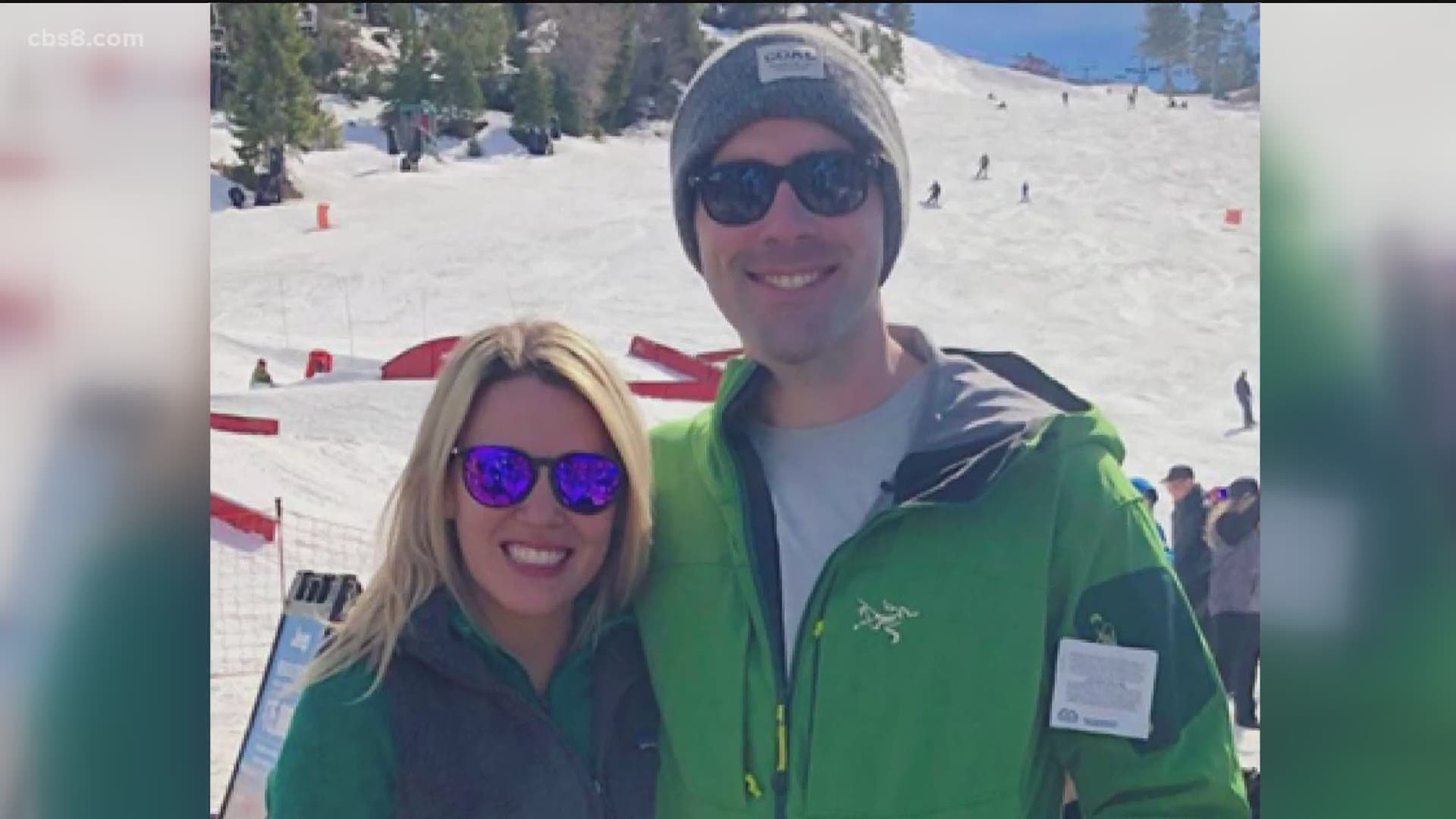SAN DIEGO — Carly Anders who works from home in software sales in Golden Hill said she is still trying to figure out how she contracted coronavirus at 29 years old.
"I think like a lot of other people, we took it really, really seriously for like the first six weeks, and then did start loosening up and spending some time with some friends,” Anders said.
The healthy, avid runner suddenly had achy muscles, chest pain, fatigue and shortness of breath.
"It kind of got progressively worse to the point where I'd wake up in the middle of the night and feel like I couldn't breathe,” said Anders, a West Virginia native.
She tested positive for COVID-19 on May 17 and instantly worried about her fiancé she lives with and their friend that they spent time with recently.
“But of everybody I saw, no one else developed any symptoms, I was the only one to test positive,” Anders said.
The County of San Diego COVID-19 Triggers used to modify health orders confirms the age group impacted the most is not the elderly, but those 20 to 29 years old. They account for over 3,200 cases or 22.5% of our local population. Those in their 30s are the next largest impacted age-group.
“The number of people who are getting hospitalized is certainly not zero, there are young people who do get hospitalized and unfortunately succumb to this,” said Dr. Abisola Olulade, a family medicine doctor at Sharp Rees-Stealy Medical Group.
Dr. Olulade said most young adults aren't seeing severe symptoms but are still infectious.
"Someone could not have symptoms, especially younger people, and still spread it to others,” Olulade said.
Her advice to those wanting to go to celebrate the Fourth of July is to watch your distance, wash your hands and wear a mask so that someone else doesn't have to wear a ventilator.
“Coronavirus is still pervasive," Olulade said. "It's invisible. You can't see it, so a lot of times, it's hard to have that realization that it's still here, and that it's still affecting us. It doesn't care that you don't remember that it's still around, it’s still spreading,”
Anders and her fiancé quarantined for 14 days and both tested negative for COVID-19 recently.
"I'm in the clear now it would seem, but I still use the inhaler a couple times a day because I have some lingering symptoms,” she said.
Anders said she hopes she does not get coronavirus twice.
"I really hope that there is something to that antibody immunity and that we're in the clear for at least for a little while," she said. "Just keep in mind that if you are someone who is planning to go out and celebrate this weekend and you might get sick, stay away from your parents and your grandparents for at least a couple of weeks or until you get a negative test."
Young adults account for most COVID-19 cases in San Diego County
Young adults in their 20s and 30s make up the largest group of coronavirus cases in San Diego County. Doctors say this is a growing trend across the country.

